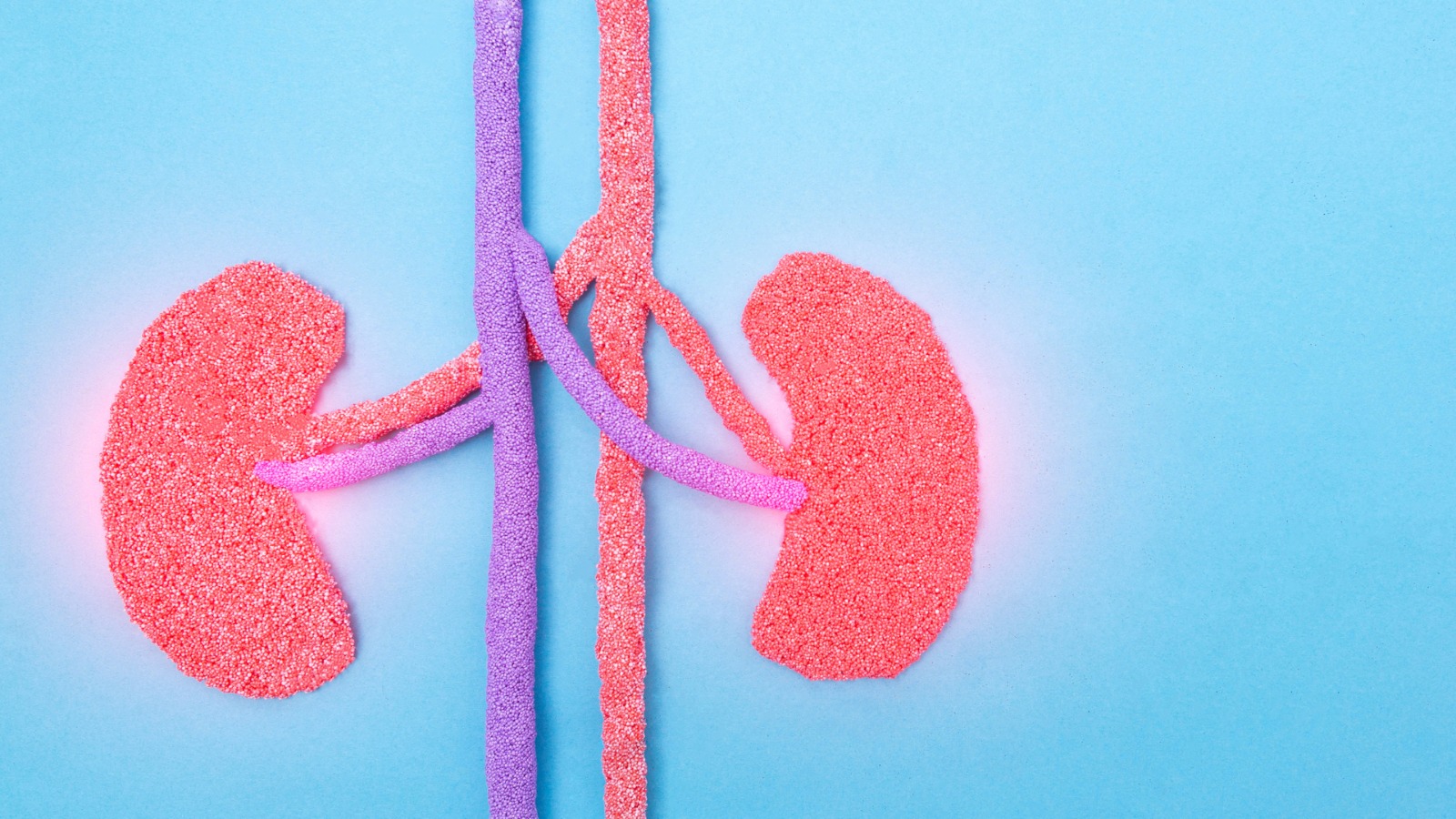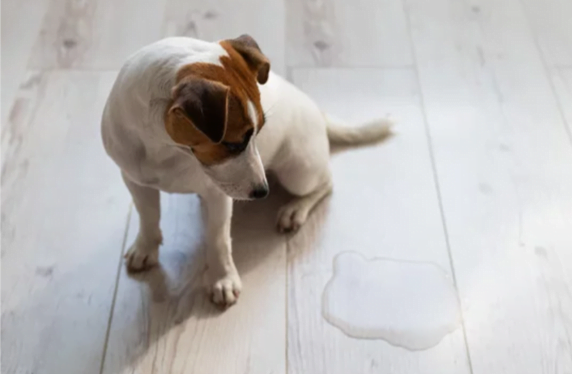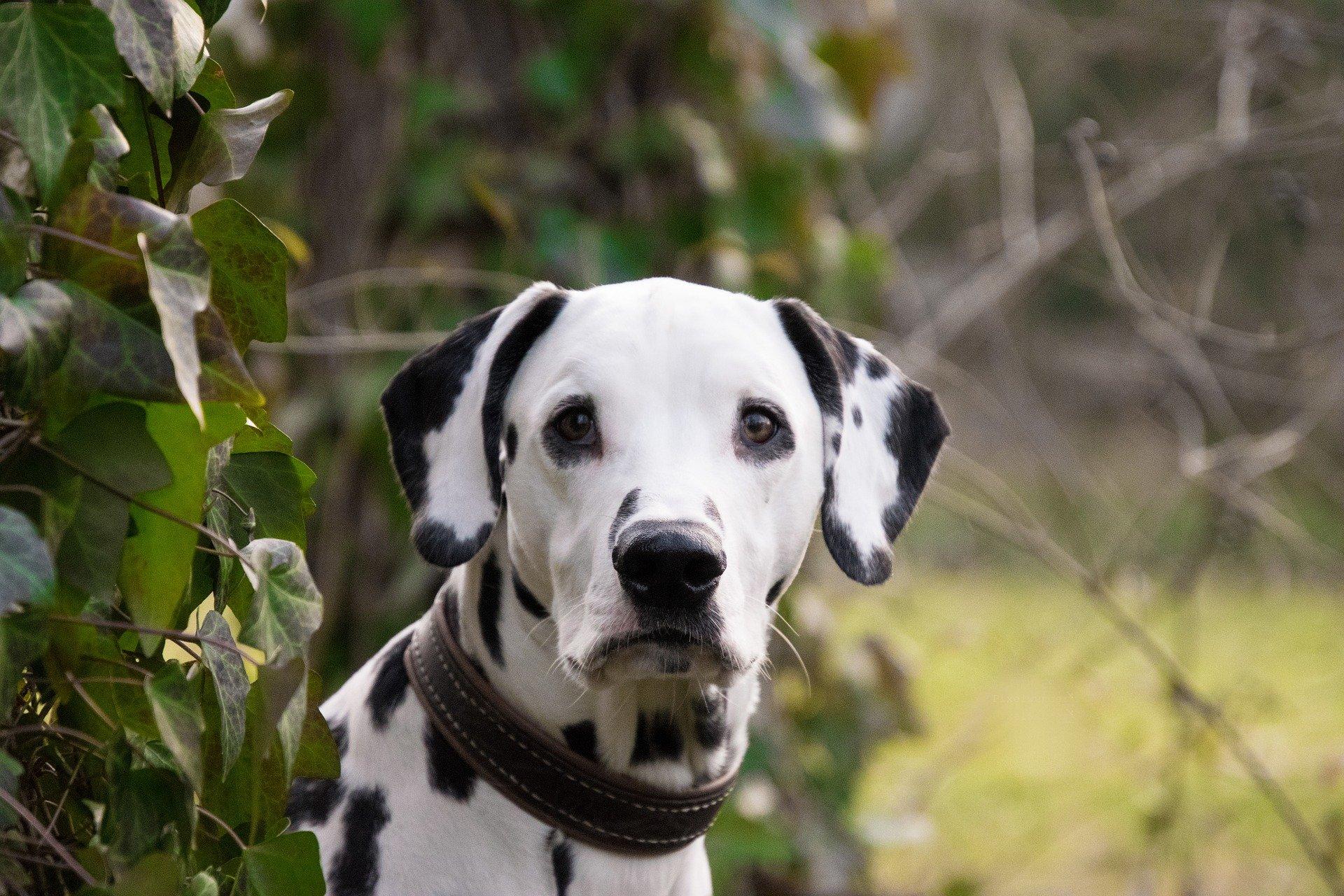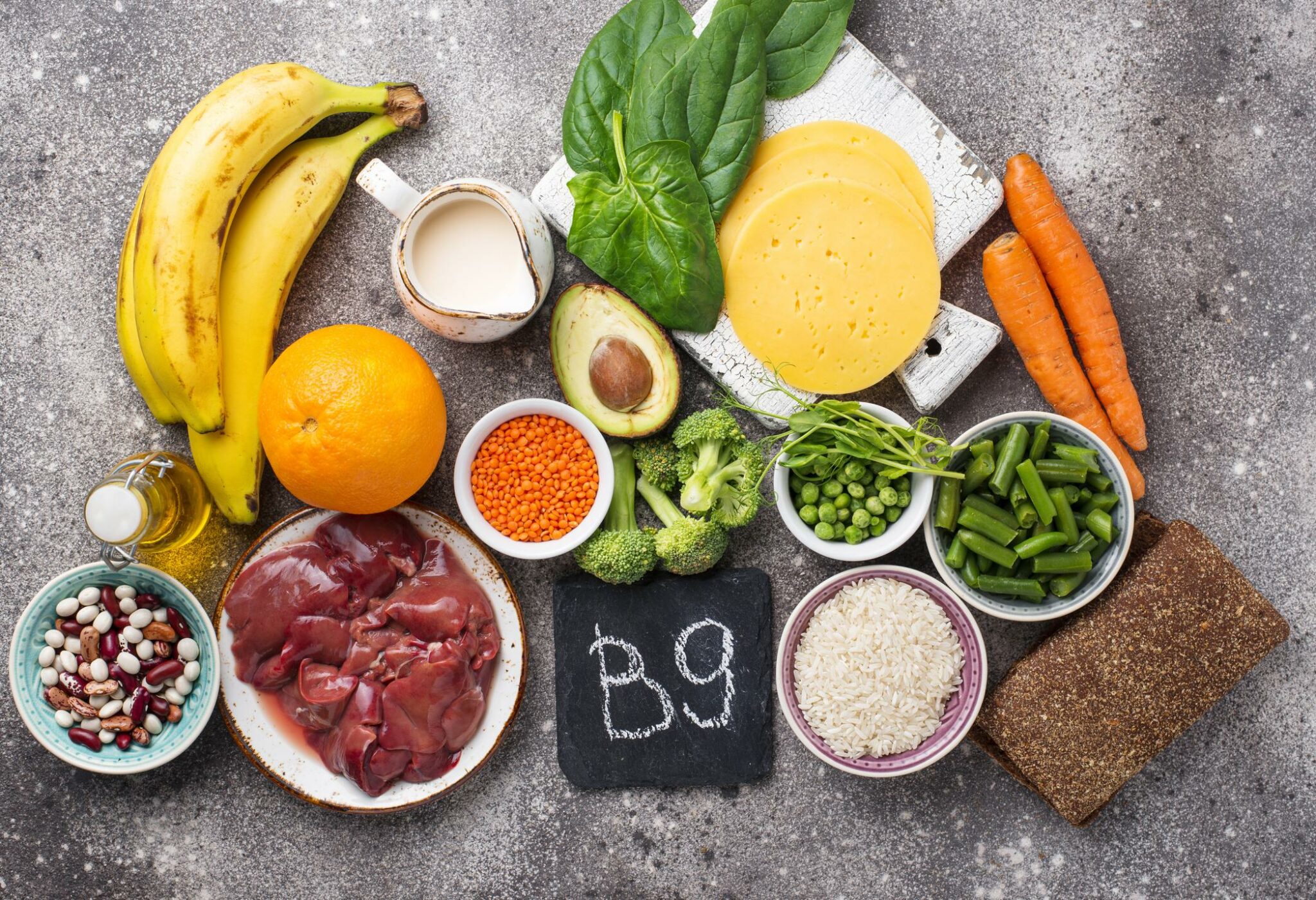If you have a Dalmatian, chances are, you’ve been told or have read that he should really be on a low purine diet. We could easily make a list of low purine foods for you, but that wouldn’t be true My Pet Nutritionist style, so let’s take a look at the function of purines, and although they affect a range of cellular processes, they can be somewhat problematic for some dogs.
What are Purines?
Purines are one of the most common chemical compounds on the planet. There are both endogenous and exogenous. Exogenous purines are absorbed by the body through the foods eaten, and endogenous purines are made by the body itself.
Purines and pyrimidines are the two families of nitrogenous base that make up nucleic acids – in short, they are the building blocks of DNA and RNA.
A, C, G and T are the letters of DNA code, and they stand for:
Adenine
Cytosine
Guanine
Thymine
Adenine and Guanine are both purines, and the rule of base pairing means that a purine will always pair with a pyrimidine.
Purines have a number of functions in the body:
- Signalling molecule
- Provide energy
- Control cell growth
- Part of essential coenzymes
- Contribute to nervous system function (including neuronal development).
It’s easy to see that purines perform many important functions in the cell, and so the balance between its synthesis and degradation is essential.
When purines are catabolised, the result is uric acid. In all other mammals, apart from humans and Dalmatians, uric acid is then converted to allantoin, which is a very soluble excretion product. For us humans and those unlucky dogs, we excrete uric acid, through the kidneys (with some excreted through the gastrointestinal tract).
Now uric acid is suggested to behave as a potent antioxidant. It is also thought to maintain blood pressure under low salt conditions and has been seen to function as an anti-inflammatory in certain diseases, but when levels become too high, in a condition known as hyperuricemia, problems can ensue.
In humans, this can result in diseases such as kidney stones and gout and may cause hypertension. In Dalmatians, high uric acid levels result in bladder stones.
Bladder Stones
Bladder stones are rock-like formations of minerals that form in the urinary bladder and are more common than kidney stones in dogs. There may be a large, single stone or a collection of stones that range in size from sand-like grains to gravel.
The general signs of bladder stones similar to the signs of an uncomplicated bladder infection or cystitis.
– Hematuria (blood in the urine)
– Dysuria (straining to urinate).
Hematuria occurs as the stones rub against the bladder wall, irritating and damaging the tissue and causing bleeding.
Dysuria may result from inflammation and swelling of the bladder walls or the urethra (the tube that transports the urine from the bladder to the outside of the body), from muscle spasms, or from a physical obstruction to urine flow.
Large stones may act almost like a valve or stopcock, causing an intermittent or partial obstruction at the neck of the bladder, the point where the bladder attaches to the urethra. Small stones may flow with the urine into the urethra where they can become lodged and cause an obstruction. If an obstruction occurs, the bladder cannot be emptied fully; if the obstruction is complete, the dog will be unable to urinate at all. If the obstruction is not relieved, the bladder may rupture.
The Natural Guide to Urinary Tract Health for Pets
Other causes of urate bladder stones include liver diseases such as portosystemic shunts.
The Lowdown on Liver Shunts in Dogs
Dalmatians demonstrate a genetic mutation which affects their urate transport in the liver and kidney. Of interest, additional studies have found the same mutation in some Bulldogs and Black Russian Terriers. That said, the haplotype is not fixed for these breeds and so it suggested the disease could be eliminated through selection of the gene pool.
There are schools of thought that the diseased allele arose through selection for more distinctive spots on the dalmatian, as smaller spotted Dalmatians are less likely to suffer the condition.
Findings Here
This is a point to note, as not all Dalmatians do form stones.
Genetic mutations aside, there are additional factors which can affect purine metabolism and subsequent uric acid formation.
High levels of uric acid are often associated with:
- Kidney disease
- Liver disease
- Endocrine and metabolic conditions – diabetes for example
There are also schools of thought that high levels of uric acid are implicated in poor pancreatic function too.
Findings Here
Uric Acid and The Microbiota
It is thought that around 1/3 of uric acid excretion occurs via the intestinal pathway. When uric acid is excreted into the gut, it is then metabolised by resident bacteria. What is interesting is that when kidney function is impaired, uric acid will mainly be eliminated by the intestine as compensation.
It’s not therefore not entirely surprising that there is a correlation between efficient uric acid metabolism and certain strains of bacteria found in the gut. Human studies have found a significantly reduced bacterial diversity in patients suffering with gout compared to controls.
Findings Here
If we get into the science of it, Escherichia coli is thought to secrete an enzyme known as xanthine dehydrogenase which participates in the oxidative metabolism of purines, so as much as we pop E.coli on our baddies list, in this instance, it actually helps us (in moderation)!
Findings Here
It does go to show however, that if you do have a dog who isn’t efficiently metabolising purines, their gut health should also be something to focus on.
7 Steps to Optimal Gut Health
Low Purine Die
There are a number of breeds who are listed for their purine metabolism problems, they include:
- Dalmatian
- Beagle
- Basset Hound
- Bulldogs
- Cocker Spaniel
- Bichon Frise
- Miniature Schnauzer
- Lhasa Apso
- Miniature Poodle
- Yorkshire Terrier
- Dachshund
- Irish Terrier
- Irish Setter
- Newfoundland
- Black Russian Terriers
As yet, there are only genetic indications with the Dalmatian, Bulldog and Black Russian Terrier. This is known as the SLC2A9 mutation and testing can establish the status of the dog.
Findings Here
In addition, it must be remembered that dietary intake is only a contributor to purine volume in the body – when cells die and get recycled in the body, their genetic material gets broken down and then turned into uric acid.
That said, there are certain foods which are higher, and lower in purines.
Foods High in Purines
- Organs/offal (brain, heart, liver, kidneys)
- Wild or Farmed Game
- Herring
- Mackerel
- Trout
- Sardines
- Sprats
- Legumes (such as kidney beans, lentils, chickpeas)
Foods Lower in Purines
- Green leafy vegetables (except spinach)
- Eggs
- Dairy products (plain yogurt, kefir, low fat cottage cheese)
- Nuts
- Muscle meats from chicken, turkey, lamb, pork, beef,
- Fruits
Furthermore, it is important to support purine metabolism and uric acid excretion through kidney and liver health.
Liver Health
Kidney Health
If you would like any support with your dog’s diet or you are concerned about their metabolism or excretion pathways, then please check out our services to see if we may be able to help.
Thanks for reading,
Team MPN x







